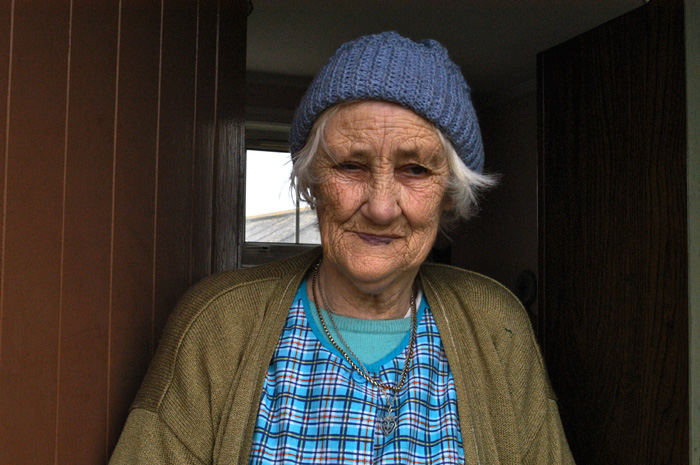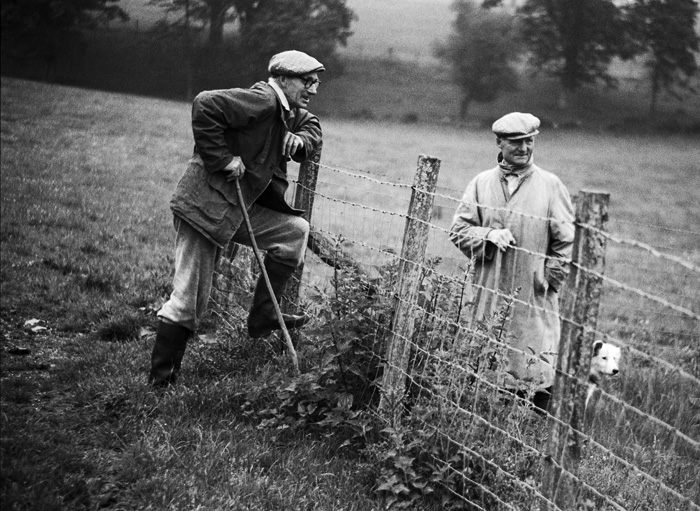
We all have a personal space. It’s the area immediately around us and other than those very close to us, we let no-one in. Good environmental portraiture and documentary photography demands that we enter this space and this is only possible if a standard or wide-angle lens is used. It requires that the photographer communicates with the subject and gains their confidence.
I have never liked portraits taken in the field with long lenses. They have an element of the photographer surreptitiously spying on the subject from a distance – a little like surveillance work. There is a lack of integrity with such work and it also gives the profession a rather seedy image. The best and strongest photographs involve the photographer with their subject and a relationship is temporarily established between them. Without this, work is sterile and cold. It definitely takes more effort and skill to work in this way but the result will be far more meaningful and more powerful images will result.
One of the first assignments I run with undergraduate students is ‘Confrontational Street Portraiture’. It demands from the student that they photograph 20 people they have never met before. They must use a standard lens and fill the frame with the subject’s head and shoulders; in addition the subject must not smile at the camera. They have to enter the person’s private space and control both the subject and themselves in this alien situation.

Probably the hardest part of the assignment is telling their subject that they must not smile whilst having their photograph taken. It is a natural response to smile at a camera and this is a response to how the camera and photography have been marketed since the earliest Box Brownies. Photography had to be sold to the public and the best selling feature was to encourage the user to record the happier moments of life. Holidays and high days were linked with the amateur market and the camera began to enduce a smile, even if at times it wasn’t appropriate. Professional photography and serious documentary work must move away from this and begin to explore real life situations and the photographer must learn the skills of communication and control.
Many students recoil at having to carry out this assignment, it is simply something they have never done before – but it is one of the most important pieces of work they will ever do. The confidence gained is crucial to them as photographers and the understanding that the best images are those that show an engagement with the subject will hold them in good stead for their future in photography.
The classic quote from the Magnum photographer Robert Capa “If your pictures aren’t good enough, you’re not close enough” holds true today and he wasn’t working with long focal length lenses!
